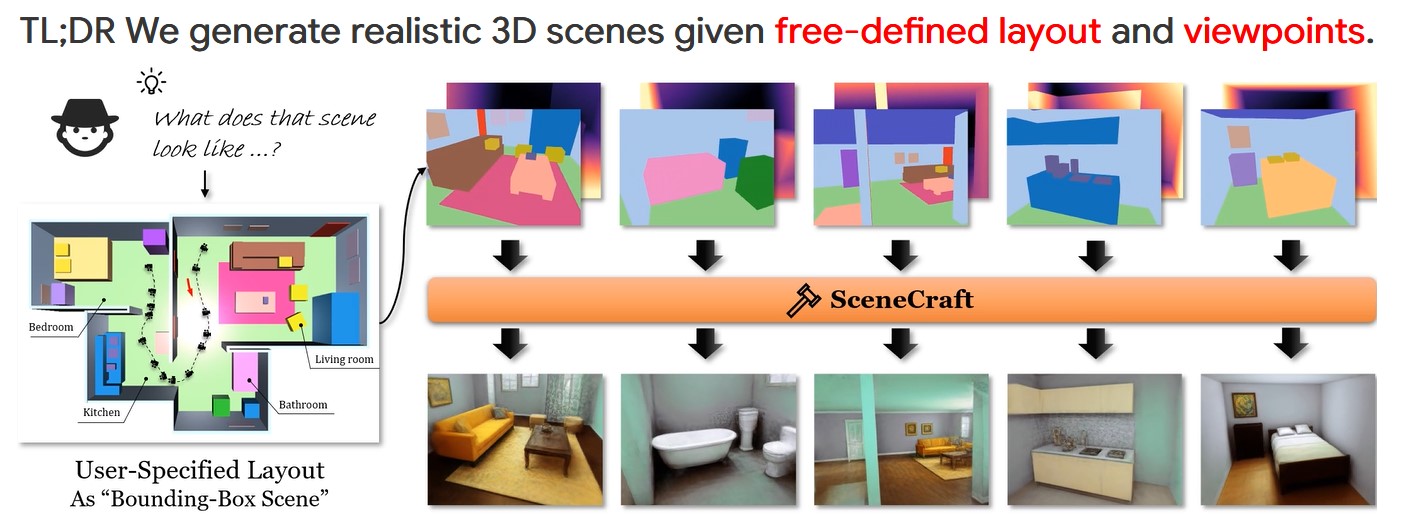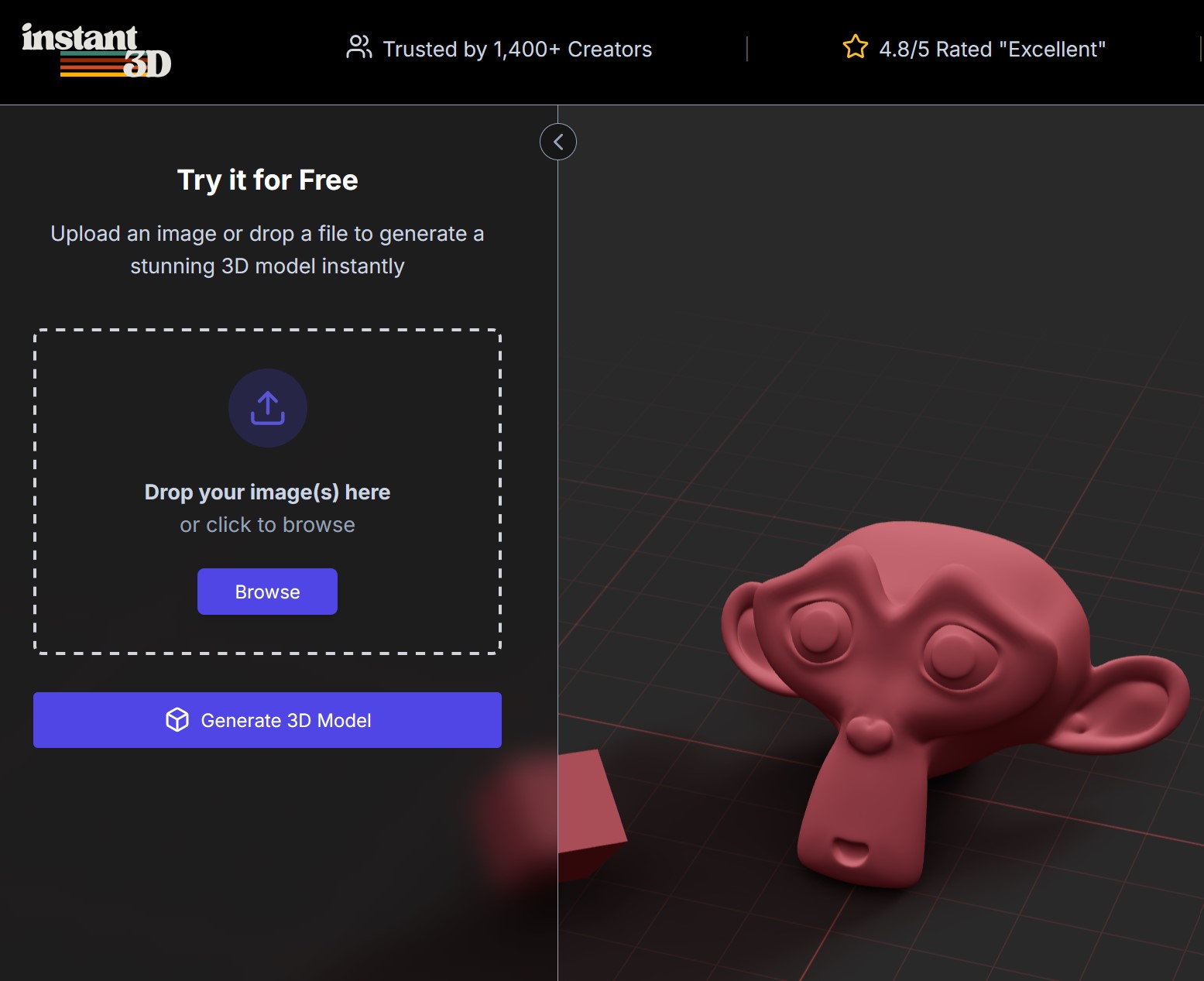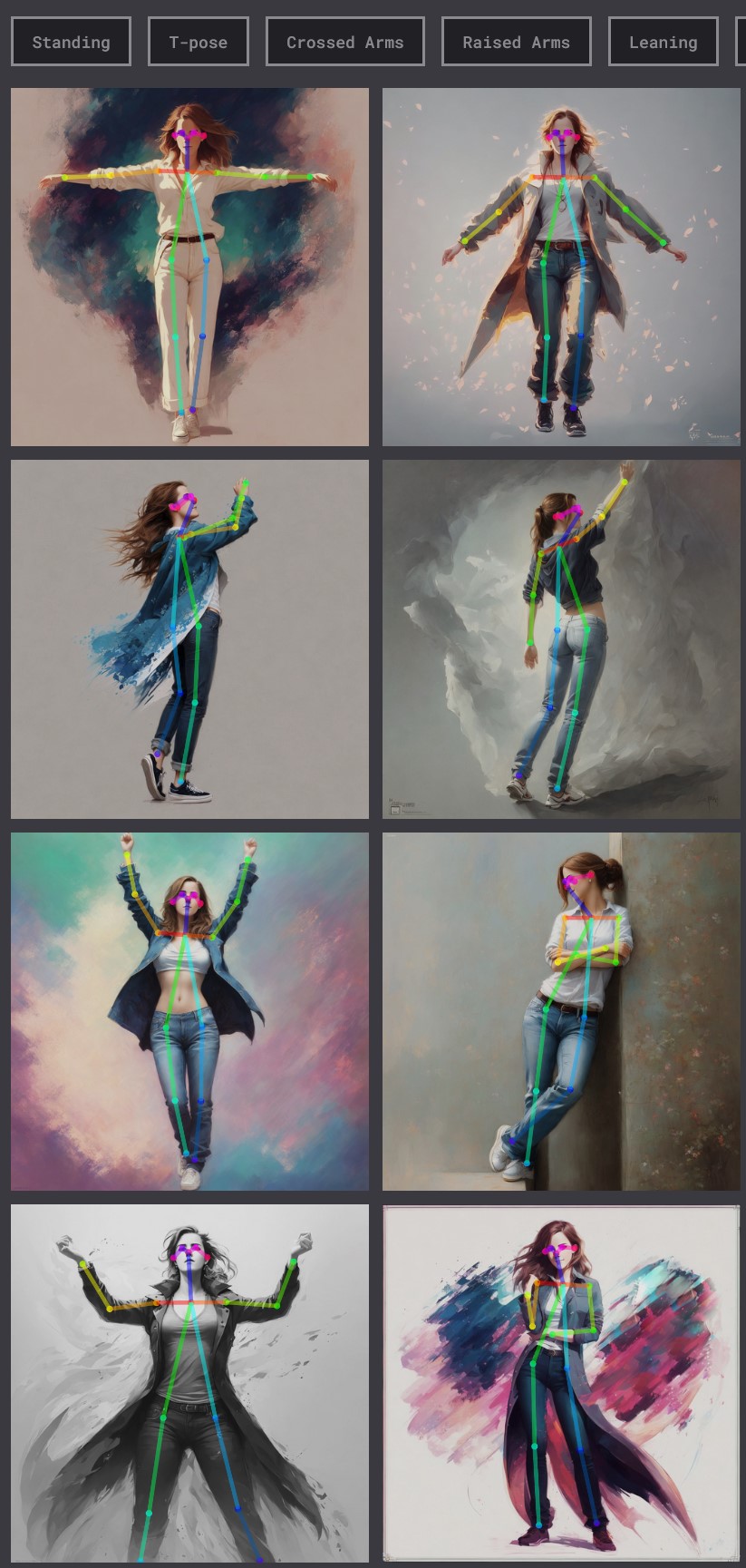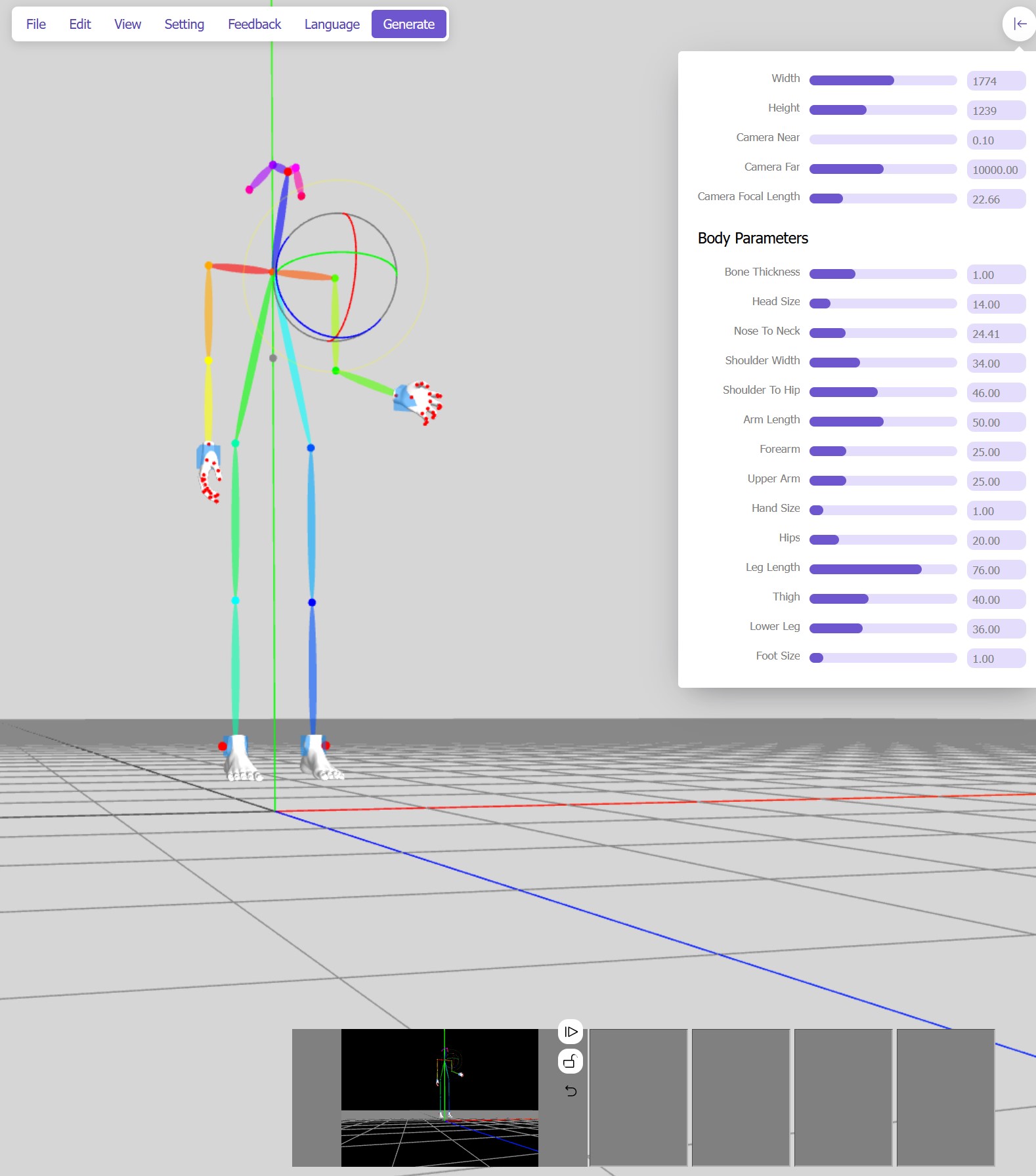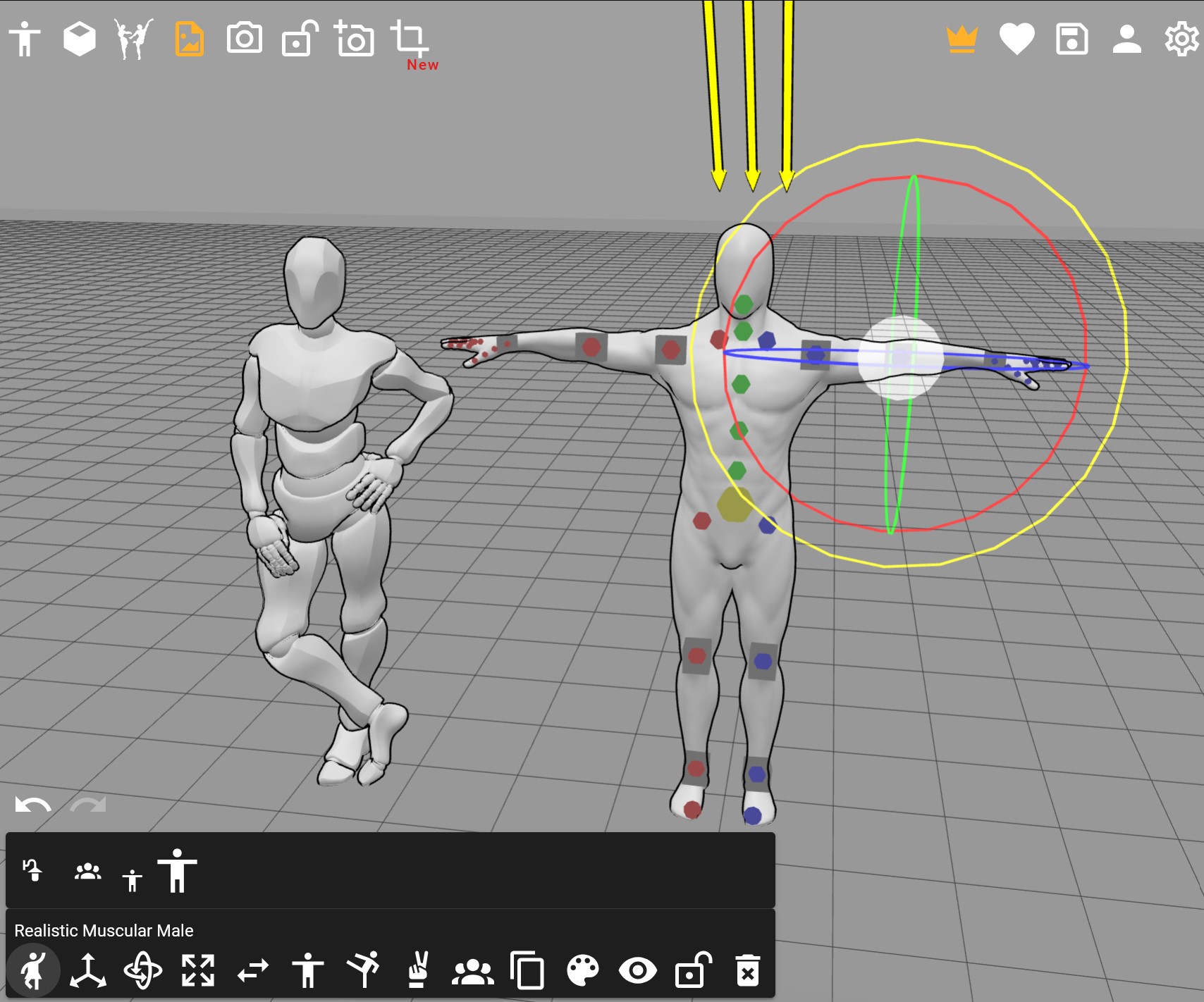BREAKING NEWS
LATEST POSTS
-
Bloomberg – Sam Altman on ChatGPT’s First Two Years, Elon Musk and AI Under Trump
https://www.bloomberg.com/features/2025-sam-altman-interview
One of the strengths of that original OpenAI group was recruiting. Somehow you managed to corner the market on a ton of the top AI research talent, often with much less money to offer than your competitors. What was the pitch?
The pitch was just come build AGI. And the reason it worked—I cannot overstate how heretical it was at the time to say we’re gonna build AGI. So you filter out 99% of the world, and you only get the really talented, original thinkers. And that’s really powerful. If you’re doing the same thing everybody else is doing, if you’re building, like, the 10,000th photo-sharing app? Really hard to recruit talent.
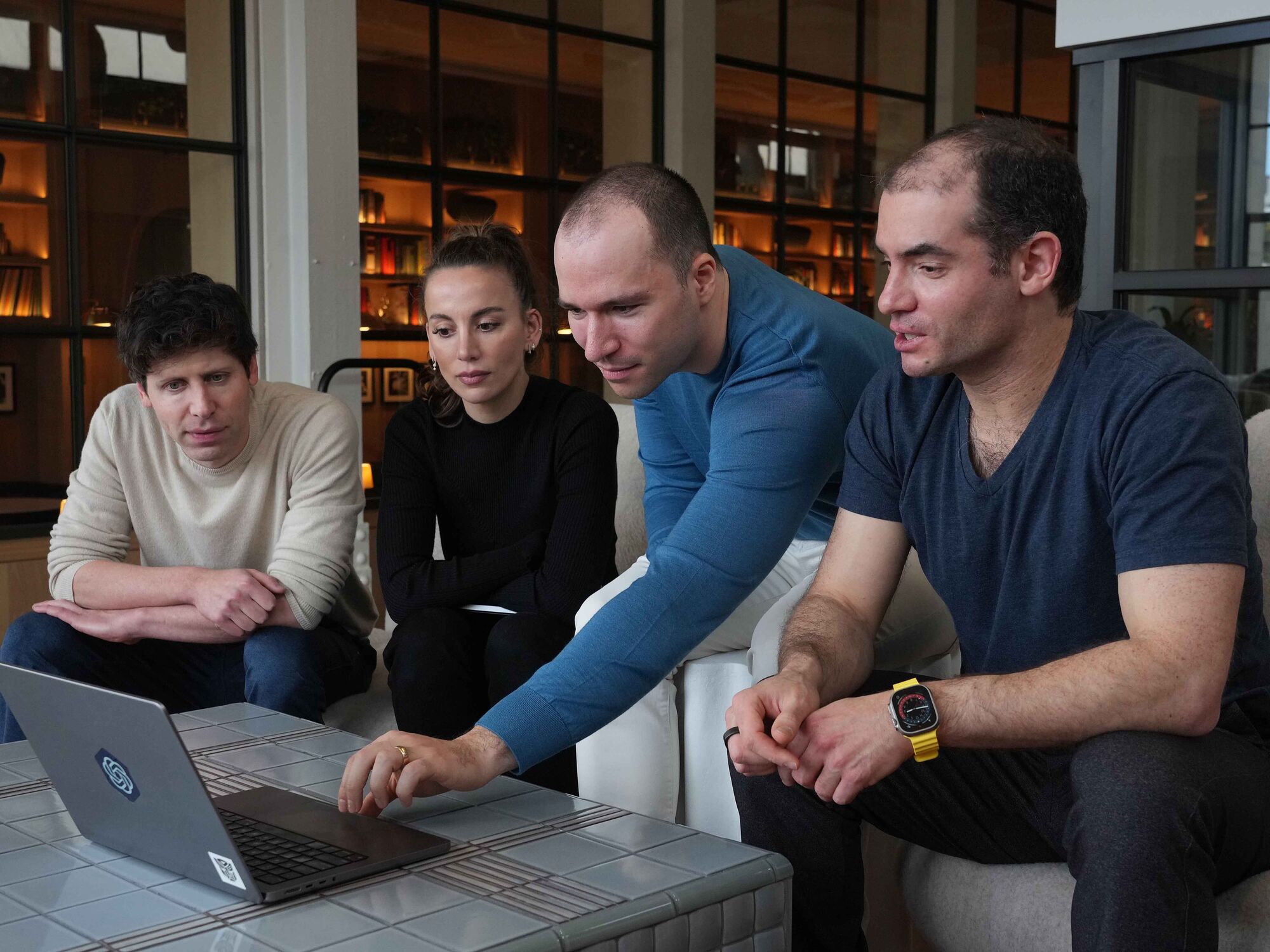
OpenAI senior executives at the company’s headquarters in San Francisco on March 13, 2023, from left: Sam Altman, chief executive officer; Mira Murati, chief technology officer; Greg Brockman, president; and Ilya Sutskever, chief scientist. Photographer: Jim Wilson/The New York Times
-
LG 45GX990A – The world’s first bendable gaming monitor
The monitor resembles a typical thin flat screen when in its home position, but it can flex its 45-inch body to 900R curvature in the blink of an eye.
-
DMesh++ – An Efficient Differentiable Mesh for Complex Shapes
https://sonsang.github.io/dmesh2-project
An efficient differentiable mesh-based method that can effectively handle complex 2D and 3D shapes. For instance, it can be used for reconstructing complex shapes from point clouds and multi-view images.
-
Nvidia unveils $3,000 desktop AI computer for home LLM researchers
https://arstechnica.com/ai/2025/01/nvidias-first-desktop-pc-can-run-local-ai-models-for-3000
https://www.nvidia.com/en-us/project-digits
Some smaller open-weights AI language models (such as Llama 3.1 70B, with 70 billion parameters) and various AI image-synthesis models like Flux.1 dev (12 billion parameters) could probably run comfortably on Project DIGITS, but larger open models like Llama 3.1 405B, with 405 billion parameters, may not. Given the recent explosion of smaller AI models, a creative developer could likely run quite a few interesting models on the unit.
DIGITS’ 128GB of unified RAM is notable because a high-power consumer GPU like the RTX 4090 has only 24GB of VRAM. Memory serves as a hard limit on AI model parameter size, and more memory makes room for running larger local AI models.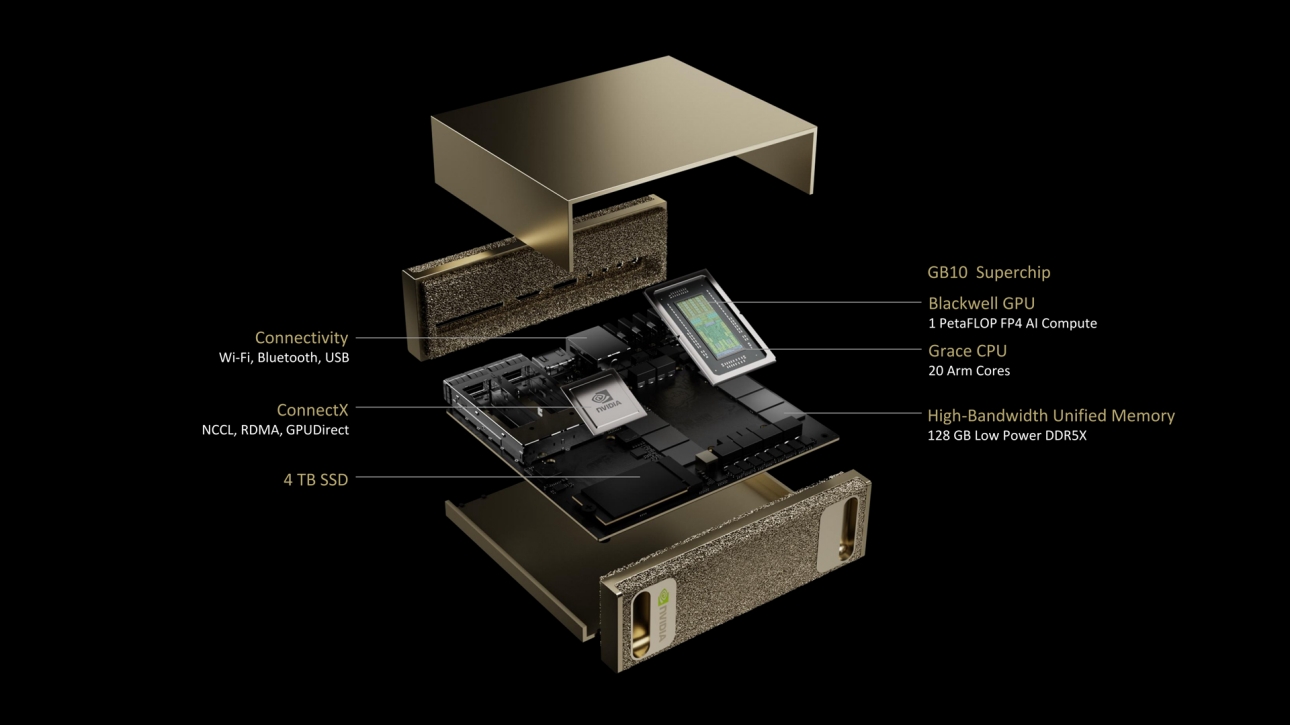
FEATURED POSTS
-
Qwen-Image-Edit – Free open-source image editor
https://docs.comfy.org/tutorials/image/qwen/qwen-image-edit
https://huggingface.co/QuantStack/Qwen-Image-Edit-GGUF
Qwen-Image-Edit is the image editing version of Qwen-Image. It is further trained based on the 20B Qwen-Image model, successfully extending Qwen-Image’s unique text rendering capabilities to editing tasks, enabling precise text editing. In addition, Qwen-Image-Edit feeds the input image into both Qwen2.5-VL (for visual semantic control) and the VAE Encoder (for visual appearance control), thus achieving dual semantic and appearance editing capabilities.
-
Top 3D Printing Website Resources
The Holy Grail – https://github.com/ad-si/awesome-3d-printing
- Thingiverse – https://www.thingiverse.com/
- Makerworld – https://makerworld.com/
- Printables – https://www.printables.com/
- Cults – https://cults3d.com/
- CG Trader – https://www.cgtrader.com/3d-print-models
- Sketchfab – https://sketchfab.com/store/3d-models/stl
- 3D Export – https://3dexport.com/
- MyMiniFactory – https://www.myminifactory.com/
- Thangs – https://thangs.com/
- Yeggi – https://www.yeggi.com/
- FAB365 – https://fab365.net/
- Gambody – https://www.gambody.com/
- All3DP News – https://all3dp.com/
- TCT Magazine – https://www.tctmagazine.com/topics/3D-printing-news/
- 3DPrint.com – https://3dprint.com/
- NASA 3D Models – https://nasa3d.arc.nasa.gov/models/printable
-
Photography basics: Exposure Value vs Photographic Exposure vs Il/Luminance vs Pixel luminance measurements
Also see: https://www.pixelsham.com/2015/05/16/how-aperture-shutter-speed-and-iso-affect-your-photos/
In photography, exposure value (EV) is a number that represents a combination of a camera’s shutter speed and f-number, such that all combinations that yield the same exposure have the same EV (for any fixed scene luminance).
The EV concept was developed in an attempt to simplify choosing among combinations of equivalent camera settings. Although all camera settings with the same EV nominally give the same exposure, they do not necessarily give the same picture. EV is also used to indicate an interval on the photographic exposure scale. 1 EV corresponding to a standard power-of-2 exposure step, commonly referred to as a stop
EV 0 corresponds to an exposure time of 1 sec and a relative aperture of f/1.0. If the EV is known, it can be used to select combinations of exposure time and f-number.Note EV does not equal to photographic exposure. Photographic Exposure is defined as how much light hits the camera’s sensor. It depends on the camera settings mainly aperture and shutter speed. Exposure value (known as EV) is a number that represents the exposure setting of the camera.
Thus, strictly, EV is not a measure of luminance (indirect or reflected exposure) or illuminance (incidentl exposure); rather, an EV corresponds to a luminance (or illuminance) for which a camera with a given ISO speed would use the indicated EV to obtain the nominally correct exposure. Nonetheless, it is common practice among photographic equipment manufacturers to express luminance in EV for ISO 100 speed, as when specifying metering range or autofocus sensitivity.
The exposure depends on two things: how much light gets through the lenses to the camera’s sensor and for how long the sensor is exposed. The former is a function of the aperture value while the latter is a function of the shutter speed. Exposure value is a number that represents this potential amount of light that could hit the sensor. It is important to understand that exposure value is a measure of how exposed the sensor is to light and not a measure of how much light actually hits the sensor. The exposure value is independent of how lit the scene is. For example a pair of aperture value and shutter speed represents the same exposure value both if the camera is used during a very bright day or during a dark night.
Each exposure value number represents all the possible shutter and aperture settings that result in the same exposure. Although the exposure value is the same for different combinations of aperture values and shutter speeds the resulting photo can be very different (the aperture controls the depth of field while shutter speed controls how much motion is captured).
EV 0.0 is defined as the exposure when setting the aperture to f-number 1.0 and the shutter speed to 1 second. All other exposure values are relative to that number. Exposure values are on a base two logarithmic scale. This means that every single step of EV – plus or minus 1 – represents the exposure (actual light that hits the sensor) being halved or doubled.Formulas
(more…)
-
Willem Zwarthoed – Aces gamut in VFX production pdf
https://www.provideocoalition.com/color-management-part-12-introducing-aces/
Local copy:
https://www.slideshare.net/hpduiker/acescg-a-common-color-encoding-for-visual-effects-applications






